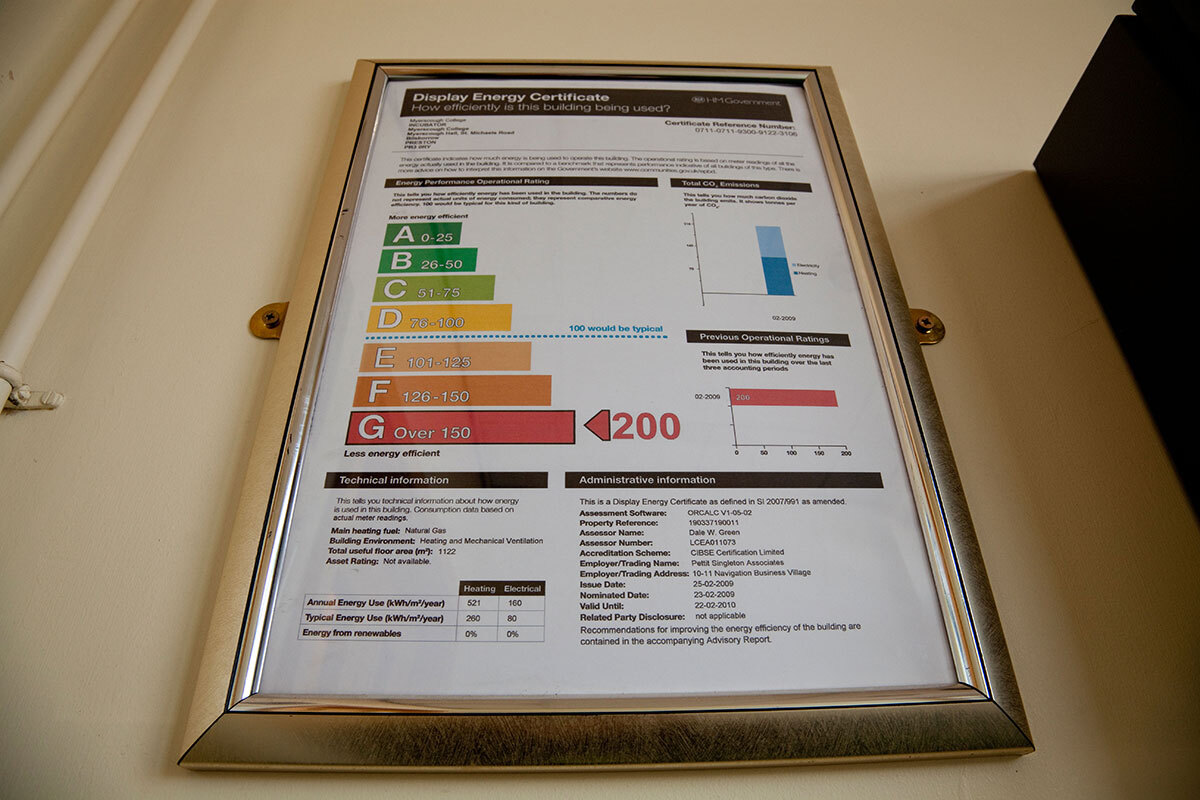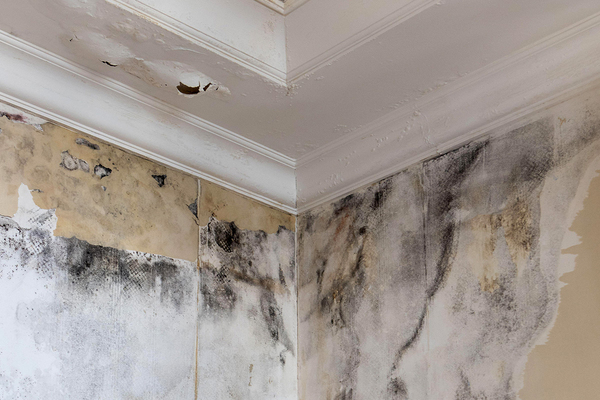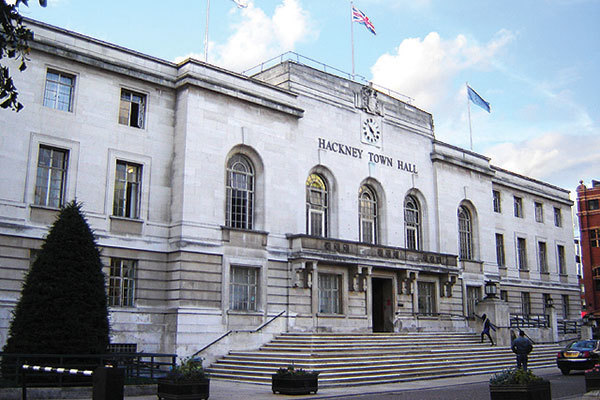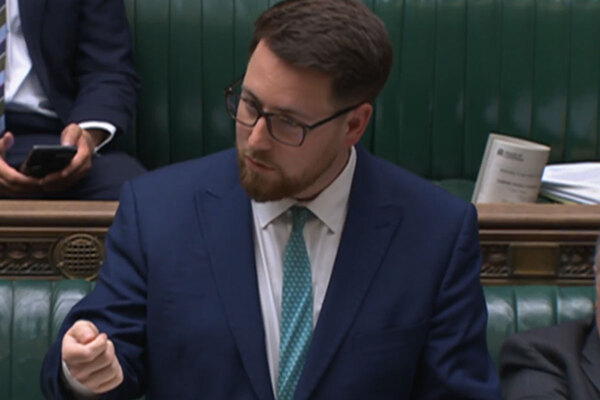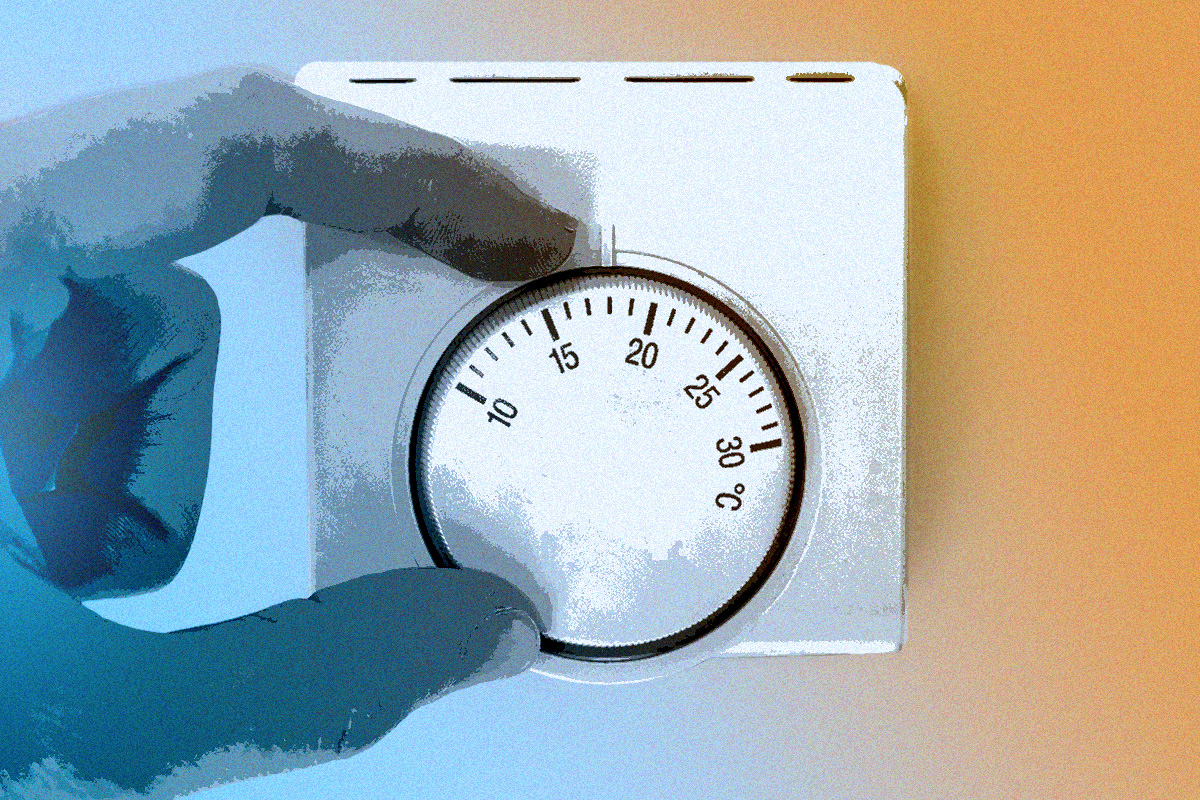Data is key to getting retrofit right and living efficiently, so how can we make it work?
Research by HomeLINK is looking at how digital technology can help to keep homes healthy and energy efficient, as well as spot potential issues and provide data for future retrofits
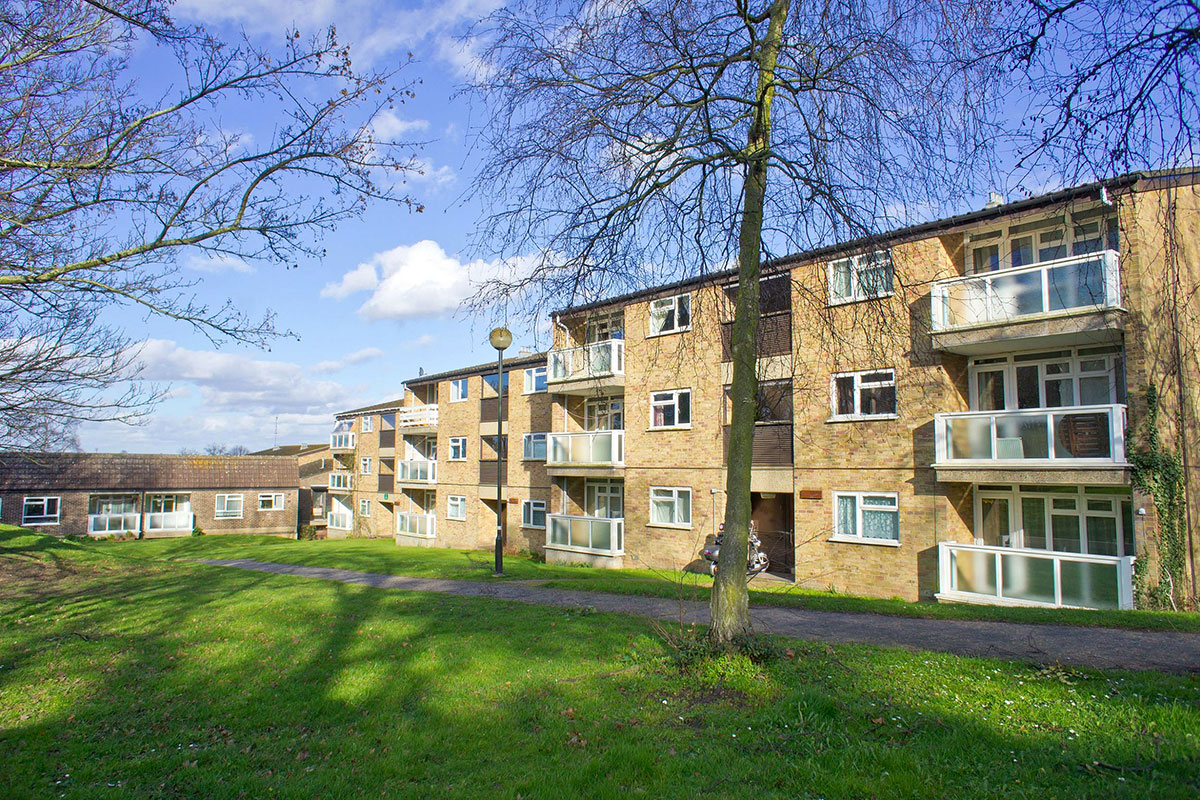
In association with:
![]()
Britain’s homes have a huge part to play in the transition to net zero. Heating our homes accounts for 17% of the UK’s total CO2 emissions on its own, according to the Business, Energy and Industrial Strategy (BEIS) Committee.
The Climate Change Committee has said the government will not hit its 2050 net zero target “without the near-complete elimination of greenhouse gas emissions from UK buildings”.
Climate change is not the only reason we need to rethink our housing. Energy-efficient homes are cheaper to heat and can help save families from fuel poverty – a risk for millions amid today’s sky-rocketing energy prices. They are better for our health, too.
What will these homes of the future look like? What are the challenges we face in building or retrofitting them? And what role can digital technology play?
Inside Housing spoke to Sam Collier, sustainability and ethics lead at sensors and data specialist HomeLINK, part of Aico, to find out.
What does the ideal healthy, net zero home of the future look like?
There are two distinct but related areas here: we’re talking about new homes that we’re building from scratch and what we’re going to do with our existing homes. The ideal energy-efficient home is one we build from scratch, and it’s one we see as a functioning whole. It is not made up of individual parts like rooms and windows and appliances. Instead, all of these things make up a bigger system. The homes will also use energy, electricity and heat much more efficiently and intelligently.
These properties will generate all the electricity they need, whether from solar photovoltaic (PV) panels, wind, or something like a community asset. Thermal comfort will be achieved through a combination of low-carbon heat and intelligent design – like solar orientation, for example. So it’s a whole-system approach – including everything from supply chains to the structure of the building and how we live in them.
What about retrofitting existing homes?
The UK has probably the poorest-performing housing stock in Europe. It is old – around half of the homes we have now were around in the 1960s. So it is a big challenge, because the fabric of those homes is not suitable for new low-carbon technologies.
Energy-efficiency measures, such as insulation, aren’t really the innovative consumer low-carbon technologies that everyone wants to install, but they are probably the most important. So we need to focus on a fabric-first approach and get that right initially.
Moving forward, there has to be a way of monitoring and measuring how those homes are performing and how we’re behaving in them to ensure that they continue to remain healthy and energy efficient. Some way of monitoring that must be front and centre as well.
Sam Collier is sustainability and ethics lead at HomeLINK, part of Aico. He is also a PhD researcher at the University of Bristol and has been a research associate at HomeLINK since 2020.
His PhD explores the uptake of domestic solar PV in the UK, and his current research with HomeLINK is to understand how users engage with the Internet of Things and their expectations of the technology.
How can we measure that performance?
HomeLINK is using environmental sensors in existing homes, measuring temperature, humidity and CO2 levels to understand the risk of certain issues emerging, such as the risk of damp and mould, or poor indoor air quality that might have a detrimental impact on people’s health.
We are also looking at things like energy efficiency – how well insulated a particular building is – by measuring the rate at which a home loses its heat.
What are the biggest challenges in the way of building tomorrow’s healthy, low-carbon housing?
First, we don’t really know which houses are performing poorly. We currently use Energy Performance Certificate (EPC) ratings as a way of measuring energy efficiency, and while they’re useful and important to have, they are a point-in-time assessment that don’t provide any understanding about how those homes perform in use.
Second, we do not know whether the average consumer understands how well their home is performing. Yes, they have EPC ratings and, yes, they can look at their energy bills, but connecting the two is really hard. We hope to use the data we collect to understand which homes are at risk of fuel poverty, but also to understand how much energy is costing their inhabitants and how we can change that.
A third aspect is the quality of retrofit. A failed retrofit can cost five times more to sort out than the original work cost in the first place, so there is a massive motivation to get it right. Hopefully by understanding how installed measures are performing, and providing these insights for subsequent retrofits, there’s a massive cost saving to be had there.
What difference can digital technology make?
By analysing the data that we gather, we can understand which measures are most appropriate for specific properties and for different property archetypes, and we can then quantify the effect that those measures are having once they are installed. If they are not performing as they should, we can explore why that is.
But we need to find a way to gather this data that is scalable and cost-effective and enables us to monitor how different external factors influence the way that a house performs over time.
We’re trying to overcome that hurdle by providing cost-effective sensors. They are discreet, they sit in the background, and they don’t require any additional skills to install.
In numbers
17%
Percentage of the UK’s total CO2 emissions from heating homes, according to the BEIS Committee
How can government policy spur these changes on?
Policy can instil confidence and investment in terms of both technologies and capital, but also in skills and in understanding where developers and installers should direct their attention. However, we need those policy signals to match what happens on the ground.
The Green Deal, for example, provided signals to the sector to skill up in low-carbon technology installation, and then the funding was pulled. A lot of installers and contractors put significant investment into that side of things and then the market just disappeared.
Policy has to provide the right signals so that the sector is able to divert its resources appropriately. I think the new decarbonisation targets are going to go some way to achieving that.
What would you like to see in the forthcoming update to the Decent Homes Standard?
I want to see it take a ‘whole-house’ approach, to ensure that certain parts of a home don’t negatively impact on other parts.
It also needs to be a standard that is future-proof. So instead of just declaring, ‘This is how this house should be in 2025’, it needs to state how a home should be able to perform in 2050.
It should not just focus on climate mitigation; we need to ensure that there’s adaptation to climate change as well. It cannot be simply, ‘Here are some requirements for this home – tick, tick, tick, tick’. It needs to be a standard that is flexible and can be improved as necessary.
It is such a massive challenge – and we cannot afford to get it wrong.
